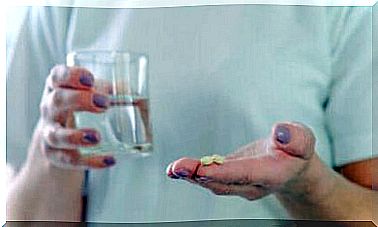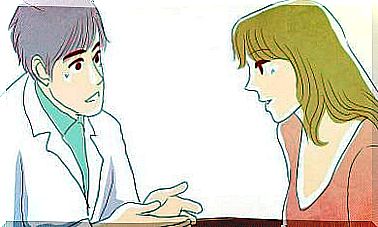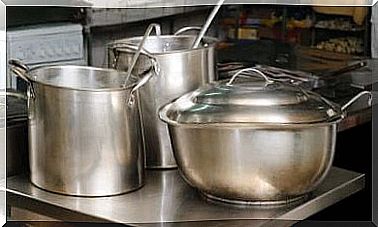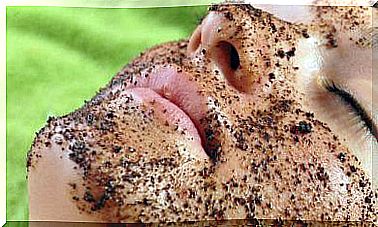High Eye Pressure: Causes And Treatment
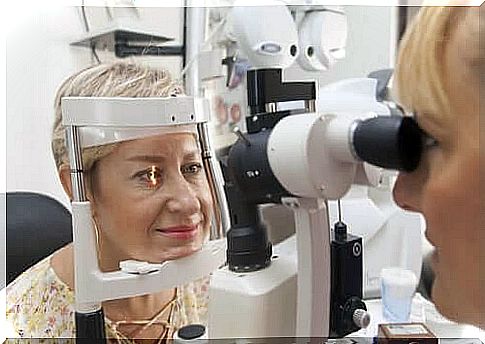
High eye pressure means the pressure in your eye is higher than normal. The consequences of this phenomenon are not predictable. Some people have this problem and yet they never damage the eye. In other cases, however, it even leads to complete loss of vision.
One of the difficulties with high eye pressure is that in most cases it occurs unnoticed by the person who experiences it. It causes no symptoms until it is probably too late. The only way to avoid the problem of hypertension in the eye is regular medical check-ups.
Certain groups of people are more predisposed to high eye pressure. Among them there are, inter alia, those with a history of this problem in the family. In addition, people with glaucoma, as well as people over 40, hypertensive, short-sighted and those who have been taking steroids for a long time are at risk .
What is high eye pressure?
The eyeball maintains a certain internal pressure which allows it to function properly and keep its shape. An aqueous fluid is a substance that fills the anterior chamber of the eye and is largely responsible for balancing this pressure. This liquid nourishes and oxygenates both the cornea and the lens.
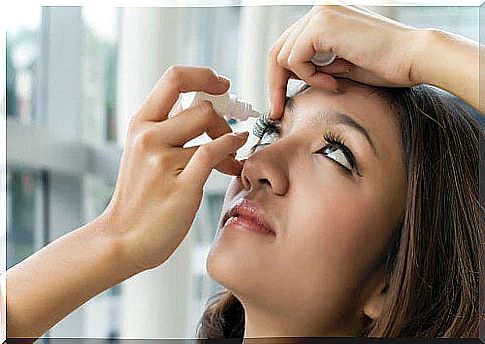
The aqueous liquid is a clear liquid. If the amount of this liquid in the eyeball remains constant, the pressure in the eye is normal. But if it rises or doesn’t evacuate properly, the consequence is high eye pressure. The aqueous humor then begins to press against the optic nerve, which can cause a variety of vision problems.
When there is high pressure in the eye, the risk of developing glaucoma increases by 10 to 15 times. Glaucoma, on the other hand, is a very serious eye disease that can lead to complete blindness. For this reason, intraocular hypertension is a problem that should never be taken lightly.
High eye pressure and no symptoms
As we pointed out earlier, one of the main difficulties with intraocular hypertension is that in the vast majority of cases it occurs without causing any symptoms. The only way to detect this disorder is through a professional examination using a device called a tonometer.
The tonometer allows you to measure the tone of the fluids in the eye. Intraocular pressure (IOP) levels are measured in millimeters of mercury (mmHg). If it is between 11-22 mmHg, the eye pressure is normal. However, if it exceeds this limit, it indicates high eye pressure.
The reasons
The main factors that lead to the development of intraocular hypertension are as follows:

- Production of excessive amounts of aqueous humor. The watery fluid forms in a part of the eye called the ciliary process. If it is produced abnormally, the pressure in the eye increases.
- Insufficient drainage of the aqueous humor. The aqueous fluid drains from the eye through a special drainage channel called the Shlemm’s Channel. If the drainage is not going well, the tension in the eye increases.
- Influence of drugs. Certain medications cause high eye pressure. In particular, those containing steroids pose a risk.
- Eye injury. Eye damage can lead to excess production of aqueous humor or failure of drainage.
- Eye diseases. The exfoliation syndrome and pigment dispersion syndrome, especially keratoconus, tend to increase eye pressure.
Treatment options available
Treatment of intraocular hypertension is done with medications, laser treatments, or surgical interventions. The eye specialist will determine which method to choose, according to the characteristics of each case.
Some of the treatments available are as follows:
- The use of antihypertensive drugs in the eyes. These are drugs that reduce the production of aqueous humor and also increase its drainage. They come in the form of drops that are applied to the eye regularly.
- Trabeculoplasty. It is carried out using an argon laser on the bar. It is designed to increase the flow of aqueous humor.
- Transscleral cyclophotocoagulation. It is performed using a diode laser on the ciliary process. The treatment reduces the production of aqueous humor.
- Deep non-perforating sclerectomy. This is the perforation of the white part of the eye (sclera) to facilitate drainage.
- Iridoplasty. It is an argon laser method that promotes drainage of the aqueous humor.
- Iridotomy. It is also carried out with a YAG or argon laser to facilitate the drainage of the aqueous humor.
If glaucoma has already developed, interventions such as the use of drainage devices or valves, goniotomy, trabeculoctomy with an excimer laser or MIGS ( Minimally Invasive Glaucoma Surgery ) are usually performed. The latter procedure also applies to cases of intraocular hypertension.


